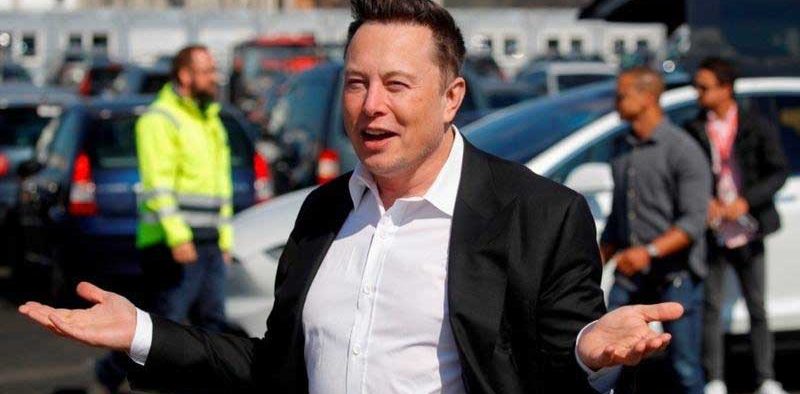Elon Musk’s venture Posted from the space-based Starlink satellite on “X”

About a month after Starlink’s Direct-to-Cell satellite technology was successfully used to send the first text message from orbit, SpaceX made yet another momentous announcement. They disclosed that users may now publish directly from a mobile device to X (previously known as Twitter) using their satellite services, which was the first example of that kind of communication.
As for the future, Interesting Engineering noted that SpaceX, led by Elon Musk, announced plans to make its Direct-to-Cell service available to customers worldwide, with the audacious goal of offering complete cellular coverage everywhere on Earth.
Elon Musk emphasized the ease of use and accessibility of SpaceX’s technology while restating the company’s message and making it clear that all that was needed to establish connectivity was a satellite and a smartphone.
Senior director of satellite engineering at SpaceX Ben Longmier used X to share an eye-catching photo of a mountain range in California to further highlight the capabilities of their technology. This picture most likely came from the place where SpaceX was conducting tests and making use of the DTC satellite services for communication.
In addition, Longmier clarified the difficulties caused by natural elements like thick tree cover, which can block the path of sight between satellites and receiving equipment and thus cause signal interference or deterioration.
There are several challenges associated with connecting cell phones to satellites: Doppler shift effects, timing variations, fast satellite movement, and limited transmit power and antenna gain of mobile devices that make connection establishment challenging.
SpaceX claims that in order to overcome these challenges, their Starlink satellites are outfitted with cutting-edge technologies including phased array antennas, specialized silicon components, and complex software algorithms. They assert that they can offer mobile phones based on the ground standard LTE connectivity, guaranteeing smooth communication experiences.
SpaceX began the process of realizing this goal on January 2 with the launch of the first set of Starlink satellites, which can send signals straight to cellphones. Through partnerships with T-Mobile in the US and a number of other global wireless carriers, SpaceX hopes to bring its Direct-to-Cell technology to a variety of global locations and transform global communication networks in the process.

I am a dedicated student currently in my seventh semester, pursuing a degree in International Relations. Alongside my academic pursuits, I am actively engaged in the professional field as a content writer at the Rangeinn website.








